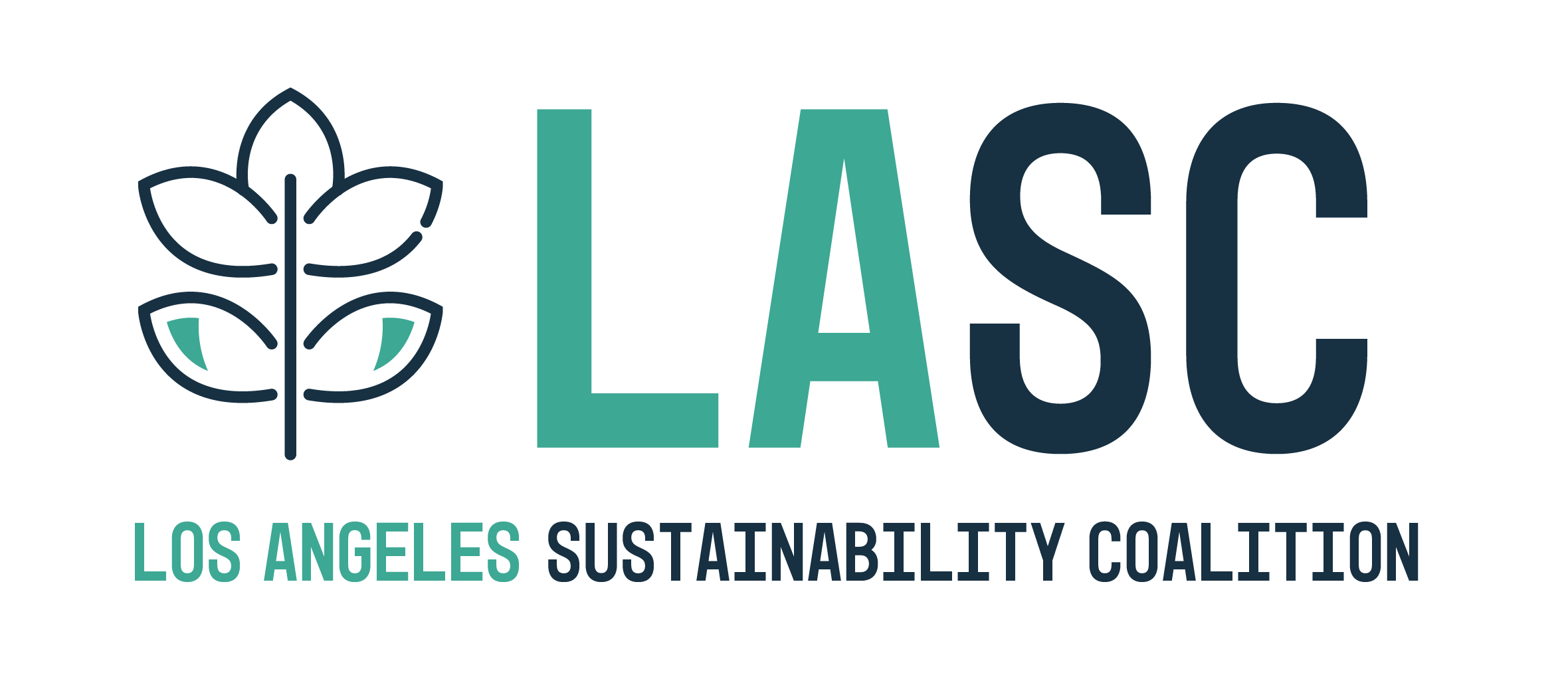About
A good sustainability program presents the organization's values and governance model, and demonstrates the link between its strategy and its commitment to a sustainable global economy. An increasing number of companies and organizations want to make their operations sustainable and contribute to sustainable development. Sustainability Program can help organizations and companies to measure, understand and communicate their economic, environmental, social and governance performance. Sustainability – the ability for something to last for a long time, or indefinitely – is based on performance in these four key areas.
Benefits for organizations and organizations can include:
Improved Environmental Compliance
Environmental Management System (EMS) helps each facility identify key areas of improvement relating to its environmental performance. For example, Transit Agencys Quality Assurance (QA) group performs audits of the facilities each month. The QA group has structured its monthly environmental compliance reports to target areas with environmental concerns that can be addressed through the EMS program. As a result, those targeted environmental issues have been significantly reduced. As new issues arise, the program utilizes the continual improvement process to address additional areas each year.
Employee Awareness
The program is invested in increasing employee awareness of environmental issues, both in the workplace and at home. Extensive training is offered through the Environmental Training Institute (ETI), which includes topics such as general EMS awareness; regulatory-required trainings; and general sustainability trainings on energy, waste, and recycling. These trainings increase employee awareness and provide the tools for staff to make improvements in their daily responsibilities.
Sharing of Best Practices
As an agency-wide program, EMS seeks to capitalize on the existing best practices at bus and rail maintenance facilities, and to share those with other EMS facilities. For example, maintenance staff at Division 10 developed an end-of-shift checklist to focus on general housekeeping and environmental due diligence. This checklist proved successful for the division when going through the EMS audit process. As a result, the checklist was shared with other bus facilities, and a checklist for rail facilities was developed as well. Other best practices include both formal and informal procedures that effectively mitigate and manage environmental impacts.
The development and dissemination of Standard Operating Procedures (SOPs) have been enhanced and are formally referenced in EMS documents. These SOPs serve as a guide on proper procedures for various activities impacting the environment. With divisions developing specific SOPs for their facilities, those relevant to the EMS program have been shared and adapted to fit the needs of the agency-wide program.
Capital Project Assistance
In conjunction with Agency’s energy, water, waste and recycling, and climate initiatives, provides additional resources to facilities to implement innovative pilot and full-scale projects and resource-saving measures. These measures are designed to assist the agency in reducing its overall environmental impact and operational cost. Through both fiscal and project management assistance, EMS staff coordinate with various departments to highlight critical issues and opportunities for improvement, seek funding for these projects, and implement these projects in a timely manner. Environmental Compliance and Services Department (ECSD) oversees EMS implementation. It works with a variety of Metro departments, including General Services, Facilities Maintenance, Quality Assurance, Engineering, Corporate Safety, and Operations, to identify and implement such projects. Projects that have been developed through the EMS program include: 1. Ventilation system in the brake lathe room in the Division; 2. Water Recycling System for the a Division.Steam Bay. 3. Sealed Coolant Recovery System (pilot)—Development of a sealed coolant recovery system to demonstrate the capability to capture and reuse anti-freeze from buses. An estimated $300,000 in coolant costs will be saved annually with this system. •Other Benefits; Increased understanding of risks and opportunities ; Emphasizing the link between financial and non-financial performance; Influencing long term management strategy and policy, and business plans; Streamlining processes, reducing costs and improving efficiency.
Benchmarking and assessing sustainability performance with respect to laws, norms, codes, performance standards, and voluntary initiatives; Avoiding being implicated in publicized environmental, social and governance failures; Comparing performance internally, and between organizations and sectors.

